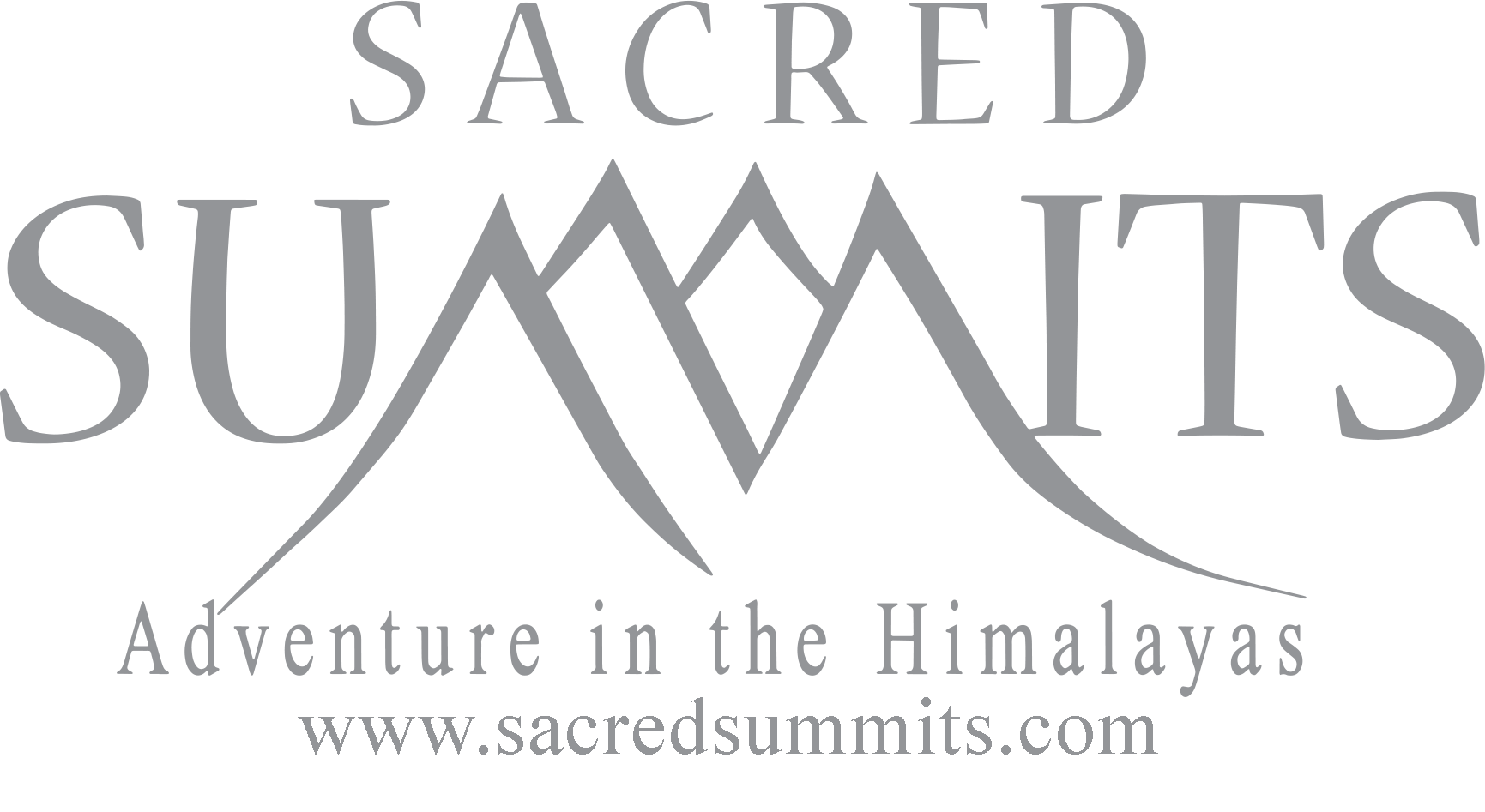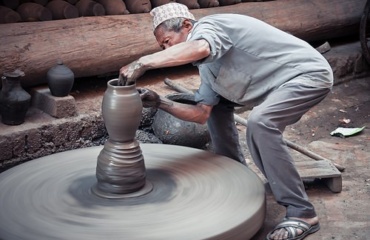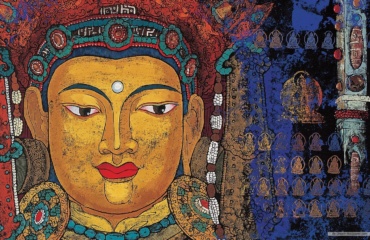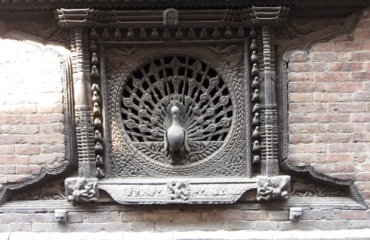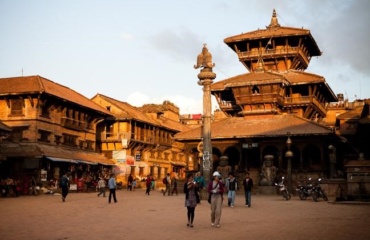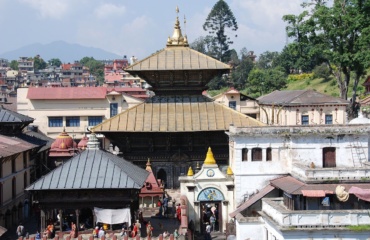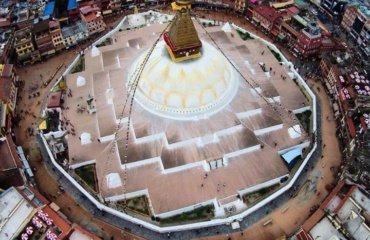Home of the GODS
A sightseeing tour around Boudhanath Stupa, Pashupatinath Temple & Bhaktapur Durbar Square
-
Reviews 0 Reviews0/5
-
Vacation Style Holiday Type
-
Activity Level Leisurely
-
Group Size Small Group
Boudhanath Stupa, a colossal stupa, just beyond the Pashupatinath Temple. It is an imposing structure standing about 36 meters and is one of the oldest Buddhist monuments ever built in Nepal. The stupa stands on the massive three level mandala style platforms surrounded by colorful family style houses. The stupa is said to have been built in the 5th Century and is a sight of great veneration. Now the stupa is surrounded by houses of Buddhist from Nepal and Tibet. Many followers from different part of the world come to visit Boudhanath Stupa.
After the sightseeing tour of Boudhanath board the waiting vehicle and drive to Pashupatinath Temple for the sightseeing. Pashupatinath temple is approximately 03 kilometers from Boudhanath.
Pashupatinath Temple – is the most sacred Hindu Temples in the world and is amongst the five principle pilgrimage sites for the Hindus. On an annual pilgrimage during Shivaratri Festival thousands of devotees of Lord Shiva from all the Hindu communities of the world pay their homage here. Pashupatinath is the reincarnation of Shiva in his most benevolent form as the shepherd of fertility and so there are no animal sacrifices in this temple, only fruits. Flowers and vermilion are offered. It lies on the banks of the Baghmati River and for the Hindus, to be cremated at Pashupatinath means a direct passage to heaven.
After the sightseeing tour of Pashupatinath temple board the waiting vehicle and drive to Bhaktapur Durbar Square for the sightseeing tour. Bhaktapur is approximately 12 kilometers from Pashupatinath Stupa and is shaped like a conch shell. Pottery and weavings are its traditional industries.
Upon arrival at Bhaktapur, take lunch at nearby restaurant. Post lunch, continue for the sightseeing tour. The major sightseeing places in Bhaktapur include:
Durbar Square: The main square of the city contains innumerable temples and other architectural showpieces like Lion Gate, the statue of Bhupatindra Malla the Picture Galley, the Golden Gate, The Palace of 55 windows, the Bastille temple and the Bell of barking dogs, etc. The statue of Bhupatindra Malla in the act of worship is placed on a column facing the palace. Of the many statues available in Nepal this is considered to be the most magnificent.
The National Art Gallery: Contains ancient and medieval paintings belonging to Hindu and Buddhist school depicting Tantrics of various period and descriptions.
The Palace of 55 Windows: The palace of 55 windows was built in the seventeenth century by King Bhupatindra Malla. Among the brick walls with their gracious settings and sculptural design, is a balcony of 55 windows. This balcony is the masterpiece of wood carving.
Natyapola Temple: This five storey pagoda was built in 1702 A.D. by King Bhupatindra Malla. It stands on a five-terraced platform. On each of the terraces, squat a pair of figures, two famous wrestlers, two elephants, two lions, two griffins, Baghiani, Singini – the tiger and the lion goddesses. This is one of the tallest pagodas and is famous for its massive structure and subtle workmanship.
PM: Visit the Woodcarving Museum, (Dattareya Square: Woodcarvings are everwhere in Bhaktapur. Since the early Licchavi period (300-789 AD), the carvings are present everywhere in the Nepal architecture. Woodcarving is specially a Newari art and Bhaktapur is one of the most famous places for woodcarving. In the Bhaktapur district alone there are some 500 active wood crafters.
In Bhaktapur old pujari Math has been converted into a Woodcarving Museum and is located at the Dattatreya Square about a ten minute walk from the Durbar Square. The Pujari Math is considered one of the oldest maths (dwelling of a priest) in the Kathmandu Valley.
After visiting the Woodcarving Museum we proceed towards the Thanka Painting workshop.
Thangka, also known as tangka, thanka or tanka (Nepali pronunciation: Nepal Bhasa is a painting on cotton, or silk, usually depicting a Buddhist deity, scene, or mandala of some sort. The thangka is not a flat creation like an oil painting or acrylic painting but consists of a picture panel which is painted or embroidered over which a textile is mounted and then over which is laid a cover, usually silk. Generally, thangkas last a very long time and retain much of their lustre, but because of their delicate nature, they have to be kept in dry places where moisture will not affect the quality of the silk. It is sometimes called a scroll-painting.
These thangka served as important teaching tools depicting the life of the Buddha, various influential lamas and other deities and bodhisattvas. One subject is The Wheel of Life, which is a visual representation of the Abhidharma teachings (Art of Enlightenment).
After the sightseeing tour of Thangka Painting workshop we proceed to the Pottery Square of Bhaktapur.
Bhaktapur is famous for its traditional pottery industry. The age old craft has survived the calls for modernization and today it enhances Bhaktapur’ value as a city of Heritage. Bhaktapur has 2 famous pottery squares. One is located at the dark, damp alleys beckon on either side of the main road, the most promising destination in this area- Potter’s square, a sloping open space south west of Taumadhi Tol. Walking towards Bolachhen/ Talakwa, better known as the town’s Potter’s square, the streets are lined with small shops selling innumerable items produced in baked clay and the pavements are filled with black clay items drying in the strong sunlight. Within the Talakwa pottery square, 2 important temples of a solid- brick Vishnu temple and the double roofed Jeth Ganesh can be seen in a very traditional way. On the northern side of the square a small hillock is topped by a Ganesh shrine and a Shady papal tree.Like potters all over Nepal, the men of Bhakta pur employ primitive techniques. The heavy old wooden wheels have been for the most part replaced by weighted truck tyres which spin faster. Guided by skilled hands, the cones of wet black mud are shaped and smoothed into yoghurt bowls, washbasins, giant grain storage jars and tiny oil lamps. With the exception of the planting and harvesting season, the potters of Bhaktapur are always busy shaping the natural clay into any imaginable shape. The craftsmen have passed this technique down from generation to generation and even today, the majority uses traditional techniques.
The next potter’s square is located at Suryamadhi. Walking around potter’s square, it becomes clear that the piggy bank must be the most popular item produced here. In less visited areas, Suryamadhi, south of Dattatraya Square, potters are occupied making the traditional bowls for the famous local curd, ‘Juju Dhau’. All around the square, pots lined up in symmetric patterns dry in the sun, waiting for a final firing in temporary kilns of heaped straw.
After the sightseeing tour of Bhaktapur city board the waiting vehicle and drive back to the hotel. Rest of the evening is free to relax and explore around the city.
- All transfer to and from the hotel/ Pashupatinath temple/ Boudhanath stupa/ Bhaktapur, in a private a/c vehicle accompanied by English speaking representative from Sacred Summits (P) Ltd.
- Sightseeing tour of Pashupatinath Temple + Boudhanath Stupa + Bhaktapur City in a private deluxe a/c vehicle accompanied by the city guide from Sacred Summits (P) Ltd.
- Entrance fee for the sightseeing tours as per the itinerary.
- Services of the City Tour guide in Kathmandu.
- Items of a personal nature such as bar bills and any extra costs incurred due to natural calamities, flight delays etc.
- Personal medication
- Insurance against accidents, loss of life, theft etc.
- Personal insurance, evacuation and medical expenses.
- Costs incurred due to unforeseen circumstances (riots, natural calamities etc) and situations beyond the control of Sacred Summits (P) Ltd.
- Tips for the staff on tour.
- Any item not mentioned in the above ‘cost includes’.

